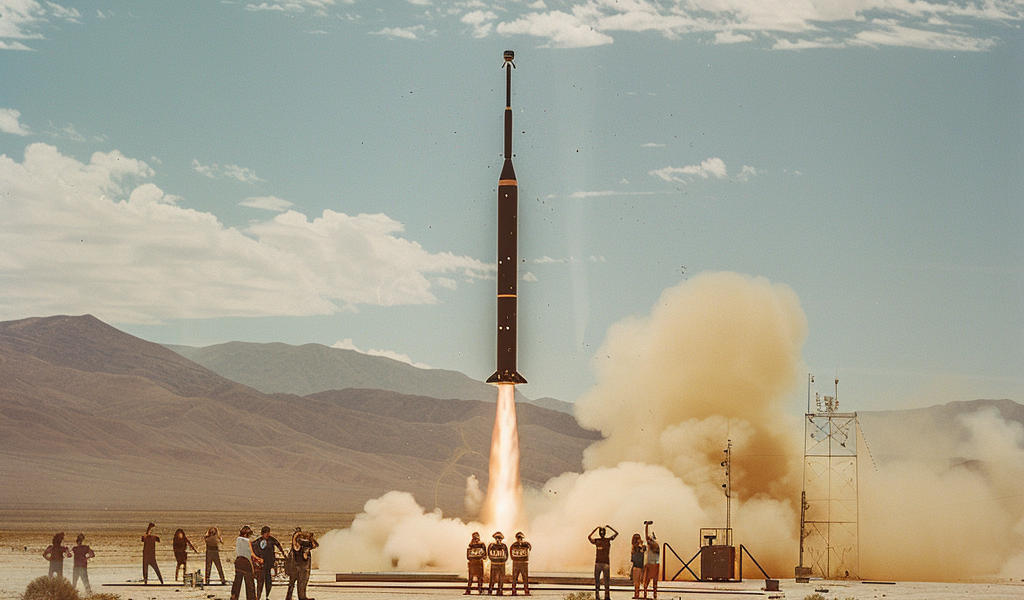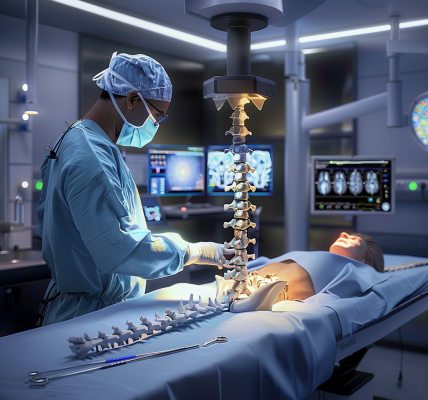The world of rocketry has witnessed a remarkable achievement, as students from the University of Southern California (USC) have successfully launched their Aftershock II rocket to unprecedented heights. This groundbreaking event, which took place on October 24, 2024, in the Black Rock Desert of Nevada, has set a new amateur altitude record, reaching an astonishing 470,400 feet (143.38 kilometers) above Earth.
Previously, the record for amateur rocket launches stood at 380,000 feet (71.97 miles), a milestone set in 2004 by the Civilian Space Exploration Team. With Aftershock II’s recent launch, the USC Rocket Propulsion Lab (USCRPL) has not only surpassed this record but has also established new benchmarks in rocket engineering.
Ryan Kraemer, the executive engineer of USCRPL and a mechanical engineering undergraduate, expressed pride in this achievement. He stated, “This achievement represents several engineering firsts. Aftershock II is distinguished by the most powerful solid-propellant motor ever fired by students and the most powerful composite case motor made by amateurs.” This statement underscores the innovative spirit and technical prowess of the USC student team.
The Aftershock II rocket stands 13 feet tall and weighs 330 pounds (150 kilograms). It achieved a maximum speed of 3,602 mph (5,797 kph), making it the fastest amateur rocket in history. This is a significant improvement over its predecessor, Traveler IV, which was launched in April 2019 and reached a maximum altitude of 339,800 feet (64.4 miles) and a top speed of 3,386 mph (5,449 kph).
The USC Rocket Propulsion Lab made history in 2019 when they became the first student organization to launch a rocket into space. Their earlier rocket, Traveler IV, lifted off from Spaceport America in New Mexico and crossed the Kármán Line, the recognized boundary of space at 62 miles (100 kilometers) high. This pioneering achievement laid the groundwork for future advancements in student-led rocketry.
The team meticulously prepared for the Aftershock II launch, which was a culmination of extensive research, development, and testing. The rocket’s design and engineering incorporated advanced materials and technologies, showcasing the students’ commitment to pushing the boundaries of what is possible in amateur rocketry.
The success of Aftershock II not only highlights the technical achievements of the USC team but also serves as an inspiration for aspiring engineers and scientists. It exemplifies the potential of student-led initiatives in the field of aerospace and encourages a new generation to explore the possibilities of space exploration.
As the USCRPL continues to break records and innovate, the future of student rocketry looks promising. Their achievements contribute to the broader narrative of space exploration, where both professional and amateur teams play a crucial role in advancing our understanding of the cosmos.
For those interested in following the developments of the USC Rocket Propulsion Lab and their future projects, the excitement surrounding amateur rocketry continues to grow. The Aftershock II launch is a testament to the creativity, determination, and technical skills of the next generation of aerospace engineers.
With the launch of Aftershock II, USC students have not only set a new record but have also paved the way for future innovations in rocketry. Their journey reflects the spirit of exploration and the relentless pursuit of knowledge that defines the field of aerospace engineering.
As we look to the stars, the achievements of student rocketeers like those at USC remind us that the sky is not the limit; it is just the beginning.





